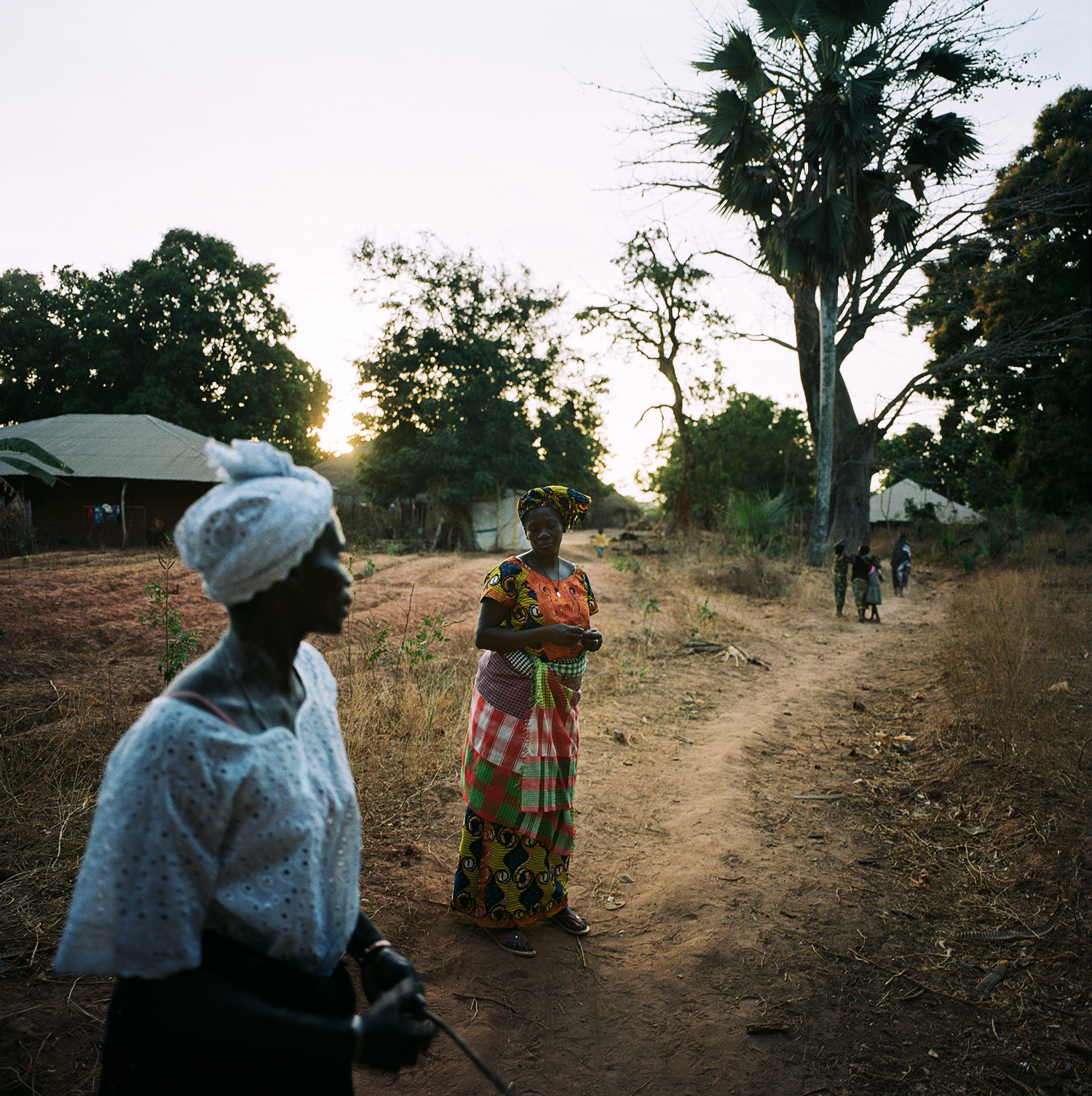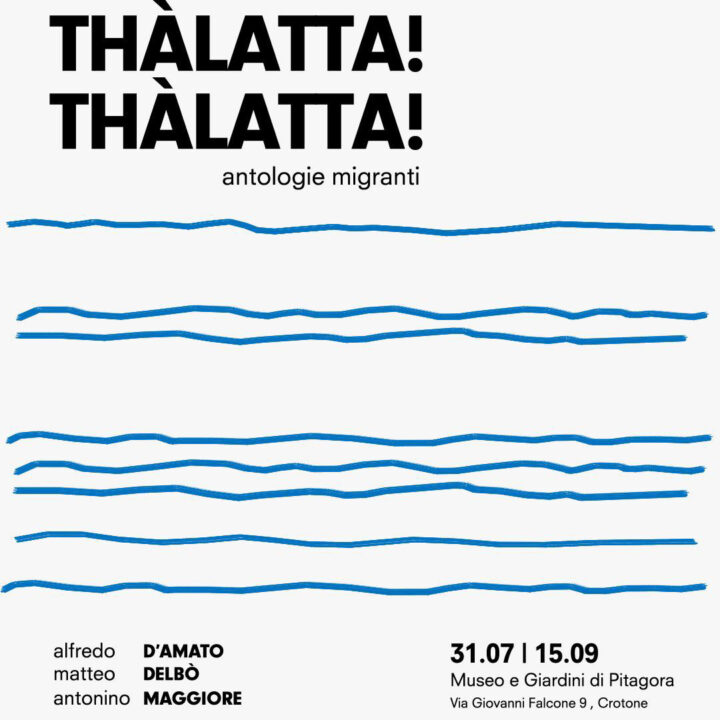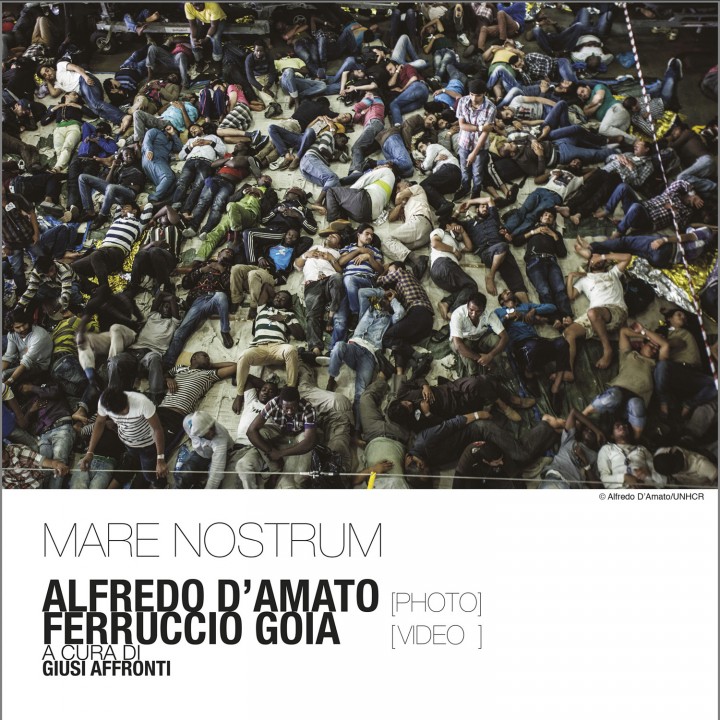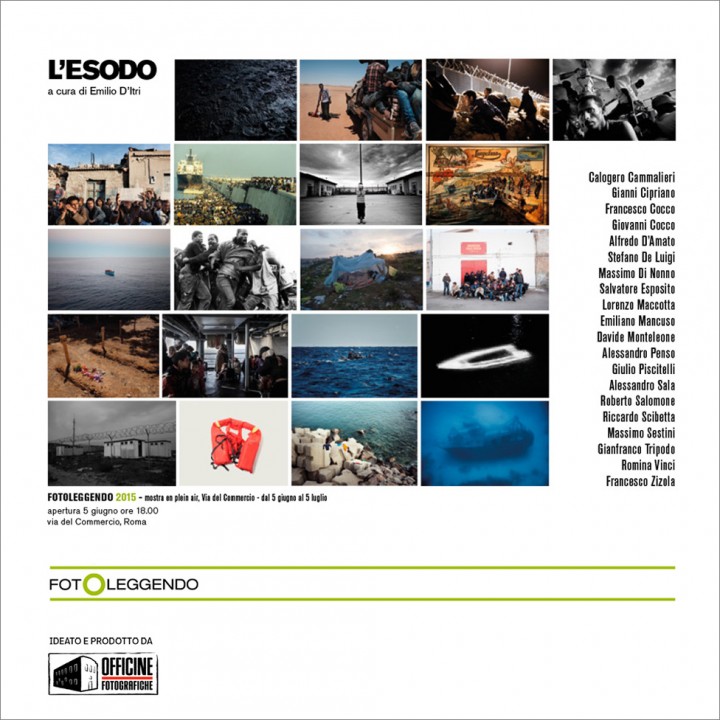The Echo of History

Guinea Bissau, Susana.
Two women talking on a path that links the village to an area where the villagers gather for communal events. © A. D’Amato
My trip to Guinea Bissau was the last in a series of journeys to different countries around the world that were colonised by Portugal and still retain Portuguese as their lingua franca. Attempting to analyse the cultural mix of African and European influences I travelled to six cities on six latitudes: Maputo in Mozambique, Salvador de Bahia in Brazil, Praia in Cape Verde, Sao Tome in Sao Tome and Pricipe and Bissau in Guinea Bissau. What had started as an idea soon became more of a love story than a photographic project. I have been bewitched by the cities and seduced by their mysterious and deep essence that I try to bring out in my images. The vibrant colours glowing under the tropical sun conceal the spirits that hide in the places I have visited.
The journey to Guinea Bissau was a journey of discovery. Having travelled over so many years to various Portuguese speaking countries I realised that I had come full circle in Bissau, the country’s modest capital. Here, the taste of mango reminded me of Maputo. In Maputo, the smell of palm oil had elicited memories of Praia and in Praia, the vibration of the drums had brought me back to Salvador da Bahia. In each city I sensed the echo another one and in Bissau I sensed the echo of all of them. The people, the wrinkles on their faces, the endless horizon, the roots of the trees – everything intertwined on a communal cultural map.
For centuries, people in these parts have been peering out to sea from the two parts of the city – cidade baixa and cidade alta – overlooking the estuary that lets out onto the ocean. The city’s port was where Portuguese colonisers first set foot, followed by slave traders who took untold thousands across the Atlantic, never to return. The fertile soil below sprouts palms and mango trees, manioc, sugarcane and cocoa. The sky above is where indigenous spirits sleep, resisting the colonisers’ evangelisation and still inspiring people in their prayers.
And on people’s faces is written the same Africa – not just a continent or a colour but a complex history, cultures, traditions, languages, ways of self-representation and a multi-faceted identity. Those faces, marked by the unforgiving sun, is where I start to tell my story, through images, about those who are charting a course through life – fighting, smiling, loving, crying and hoping.
Click here to see the photo essay: https://library.panos.co.uk/features/stories/the-echo-of-history.html#0_00247041



